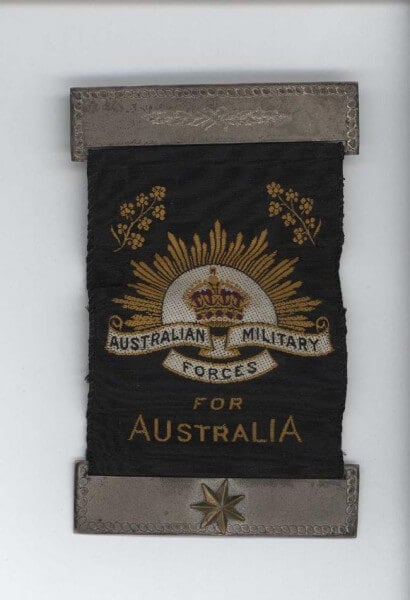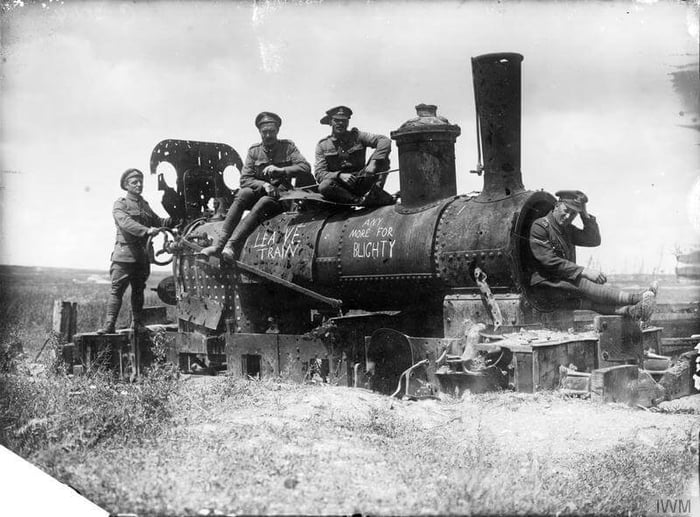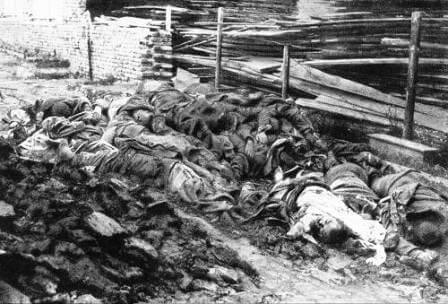
1st Casualty Clearing Station at Gallipoli
Image: Australian Army Medical Corps (AAMC), performing surgery in the operating theatre of the 1st Australian Casualty Clearing Station
In October 1914, a new type of medical unit was added to the order of battle of the Australian Army’s casualty evacuation chain. Designated the casualty clearing hospital, it would later be called a Casualty Clearing Station (the term Station was made by the OC on the day of the landing at Anzac, and seems to have stuck). This unit was established as the most forward unit to provide emergency surgery, freeing the forward field ambulances from the necessity of holding wounded soldiers, a task which compromised their mobility and prevented them from moving with the brigades they supported.
The Casualty Clearing Station was to be the most forward unit where specialist surgeons, anaesthetists, nurses, radiologists and a dentist were to be found. The No.1 Australian Casualty Clearing Station (1ACCS) was raised in Hobart and consisted of 93 men including 7 doctors. After some seven weeks of training in camp, the new unit embarked for Egypt.
In February 1915 the unit was based at Port Said in a convent and at the Savoy Hotel. During the Turkish offensive against the Suez Canal, patients and nurses were evacuated to the Government Hospital in Cairo. The unit was then transferred to Cairo, before embarking with 1st Australian Stationary Hospital and 3rd Infantry Brigade to Lemnos to support Royal Navy's push into the Dardanelles and attacks on Turkish forts guarding the strait.
At the beginning of April the unit was transferred to the HMT Ionian in preparation for the assault at Gallipoli. The Ionian was found to be in a “disgracefully dirty state” and a Sanitary Officer, Major Corbin was appointed. His efforts to clean the ship were hampered by the ship's officers who would not supply water or materials. It was only after threatening to report conditions to the Admiralty that assistance given.
Initial planning for the Gallipoli assault proposed that the wounded would be collected by Battalion stretcher bearers and attended to by their own Regimental Doctors in the Regimental Aid Posts. No.3 Australian Field Ambulance would land with the first wave of the assault. Its stretcher bearers would carry the injured to the beach. No.l Casualty Clearing Hospital would begin its landing after 10am. The plan proposed that after first aid, resuscitation and any appropriate lifesaving measures, the wounded would be evacuated by naval boats (“tows”) to waiting British Hospital ships. The rearwards casualty evacuation chain would extend back to shore hospitals at Alexandria in Egypt, with a staging post at Mudros on Lemnos if required. In preparation for the Gallipoli landings 1 ACCS trained in accordance with this policy.
However, nine days before the landing these orders changed. 1 ACCS was transferred from 'Line of Communication' troops to 'Divisional' troops. The landing party would consist of five officers; O.C. Lt. Col. Wilfred Giblin, Maj’s Richards (OIC Landing Party) and Corbin, and Capt’s O’Brien & Atkins - all of whom were medical professionals. They commanded 60 OR’s.
They landed on the beach at Anzac Cove in 3 tows between 10am and 12 noon on 25th April 1915. Giblin's personal diary suggests the equipment carried ashore by the Casualty Clearing Station was barely adequate to meet the situation before them. They found the number of casualties waiting to be treated so overwhelming that little more than first aid could be provided. Cases were evacuated to the waiting ships. The hectic pace of evacuations and treatments meant records were not fully maintained. It is estimated in the first day and night (between 11am and 3 am the next morning) more than 700 men were treated.
Operating under extreme pressure, with very limited equipment and an area of beach approx. 20 ft. by 20 ft., the unit was clearing casualties for two Divisions (approx.30,000 men), while being exposed to shrapnel from artillery fire. In the first three days it treated around 2,100 casualties, working 20 hour days. Inevitably the physical stress and exhaustion, took its toll. Within two weeks influenza, dysentery and pleurisy, as well as wounds from shrapnel, took men away from duty, including senior medical officers. On 10 May the C.O., Lt. Col. Giblin, contracted severe influenza and bronchitis and had to be evacuated. Major Richards took over the command. Five days later Capt. O’Brien developed severe pleurisy, and another of the remaining doctors had to be evacuated. On 5 June, medical manpower was further reduced when Capt. Campbell was evacuated with pleurisy. Sgt. R. Bryce was wounded by shell fire while ‘bathing’, his left arm being shattered at the elbow; it was amputated before he was evacuated. Major Richards was evacuated on 14 July suffering from pneumonia and died a week later. Yet despite these relentless hardships, the unit distinguished itself in the field. Within 12 weeks of the landing Private M.D. Cowtan was awarded the Distinguished Conduct Medal, and eleven members of the unit had been Mentioned in Dispatches.
The Casualty Clearing Hospital (Station) was reliant on the piquet boats to transfer casualties to the ships offshore but with the boats being used to used to land troops or stores the unit often relied on Naval officers who commandeered a large Lighter (which had an awning erected to assist the stretcher cases); a Horse Float (which also had an awning); and ships cutters (which were small and not ideally suited to stretcher cases).
On 7th August, after a large attack, 1,937 casualties evacuated, 400 of which were stuck on the beach when no boats were available to transfer them and no available accommodation on any the Hospital Ships if they could be transferred. After an urgent message for more ships three arrived from Lemnos.
By the middle of August No.1 ACCS was seriously undermanned. Reinforcements intended for unit were held-up in Cairo working at hospitals. By 14 August the number of NCO’s and men was down to 45. On top of this on 1 July 1 ACCS had been linked with 13th CCS (Walkers Beach) and 16th CCS (No2 Outpost) and OC 1 ACCS, Lt Col Giblin, who had returned to his duties, was Medical Control Officer, responsible for all evacuations to the Hospital Ships from Anzac Beach.
Throughout November freezing conditions and rough seas made treatment and evacuation of sick and wounded extremely difficult. Between 27 and 30 November conditions were so poor that no evacuations were possible. On 13 December Lt Col. Giblin was transferred to Egypt and Major Campbell took over as Commanding Officer.
On 19 December 13 CCS transferred all casualties to 1 ACCS and evacuated at 11:10pm. 1 ACCS then evacuated in 2 groups, the first group evacuating at 2:00am on the 20th and the final party consisting of 1 Officer, 1 NCO and 6 men to depart with the final covering party of 68 men.
Between 25th April and 20th December 1915, a total of 37,100 men were evacuated through No.1 Australian Casualty Clearing Station on Anzac beach. This was an outstanding achievement for a new type of unit, made up of a good officer group and volunteers. The OR's, mostly from Tasmania and aged in their mid to late 20’s, comprised 19 semi-skilled workmen and labourers; 15 skilled tradesmen; six miners; six clerks; six farmers and graziers; one medical student; seven waiters or servants; and nine others.
The men of the 1st Australian Casualty Clearing Station were among the first to land and the last to leave. They embody the Anzac spirit of selfless courage.
Data compiled from: Australian War Memorial. The Official War Diary of No. l Casualty Clearing Station. Ref. AWM 4(26/62]













